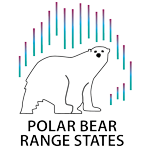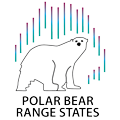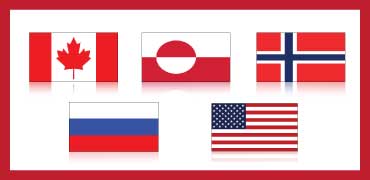 The representatives to the Parties that are signatory to the 1973 Agreement on the Conservation of Polar Bears, that are collectively known as the Polar Bear Range States (Norway, Canada, Greenland, the Russian Federation and the United States), have a long record of cooperation on polar bear conservation.
The representatives to the Parties that are signatory to the 1973 Agreement on the Conservation of Polar Bears, that are collectively known as the Polar Bear Range States (Norway, Canada, Greenland, the Russian Federation and the United States), have a long record of cooperation on polar bear conservation.
At the time the Agreement was signed, the most significant threat facing the polar bear was unregulated and unsustainable harvest, and populations in some areas were considered to be substantially depleted. Since that time, measures implemented by the Range States, such as controlled harvest management programs and the establishment of protected areas, have increased polar bear population sizes in those areas where unsustainable hunting was a problem prior to 1973.





